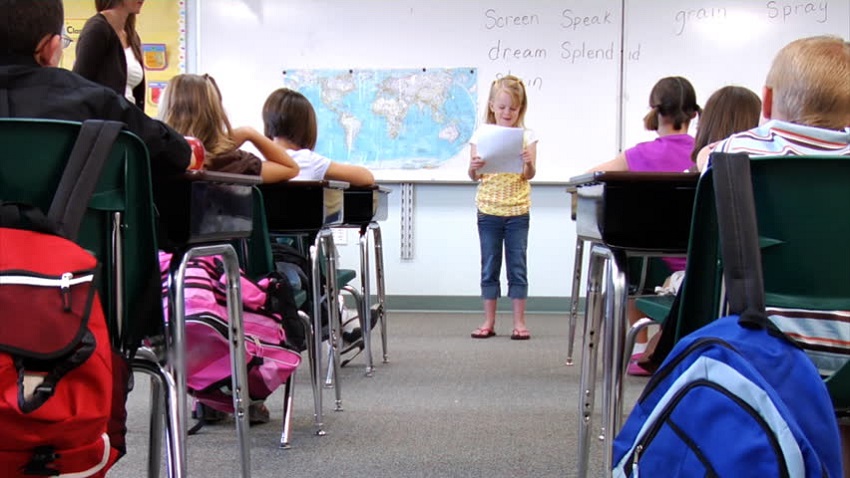There are many reasons why parents might consider cyber schooling for their children. However, it is essential to remember that not all students are suitable for this educational option.
It is why our cyber schools have been created and designed to meet the unique needs of every student. We want to provide families with a comprehensive education tailored to their child’s learning style, abilities, and personality.
Students Learn at Their Own Pace
Cyber charter schools offer students the opportunity to learn at their own pace with a personalized program of study. It helps ensure that students of all abilities are engaged and challenged.
Pennsylvania students learn in a safe environment with a community of like-minded peers and teachers dedicated to their success.
The number of children attending Reach Cyber Charter School has considerably increased recently. While many of these students are homeschooled, the number is also rising among public school students.
The growing popularity of these schools raises questions about whether cyber charters are the best educational model. Several national studies show that cyber charter students tend to have lower year-end test scores and have fewer gains in learning over time than their statistical twins in a traditional brick-and-mortar public school.
Students Learn in a Safe Environment
Students who feel safe in a learning environment can focus on their academic goals and build positive relationships with peers and teachers. They also follow a well-established set of norms for behavior and maintain higher standards in the classroom.
Creating safe environments requires an extensive, coordinated effort that includes schoolwide, districtwide, and community strategies. These strategies include reducing distractions, eliminating violence and drugs, preventing bullying and intimidation, and fostering positive relationships between staff and students.
Teachers should establish rules and norms for behavior to create a safe learning environment. These help students learn how to interact with each other and calmly resolve conflicts.
Learners Participate in a Community
Students are more inclined to learn when they feel like community members. They also are more likely to speak up in class and engage with their teachers.
Among the things that may be done is to foster an environment where students feel encouraged and supported to be their best selves both within and outside the classroom. Learning environments designed around how people learn – emphasizing student-centered, assessment-centered, and knowledge-centered learning within a community – increase students’ sense of belonging and desire to engage in learning.
Community-based learning can take many forms, and all can benefit from skillful implementation and a clear plan for success. Some approaches can be more intensive than others, but all are important in supporting students’ quest for educational success.
Students Learn in a Personalized Way
Personalized learning allows students to customize their education based on their interests and needs. It also focuses on student agency and helps them learn the skills they need to succeed in the future.
Teachers play a significant role in implementing personalized learning. They provide small group instruction, engage students in inquiry activities and create opportunities for collaboration.
Teachers also conference with struggling students, help them develop goals, and support them in achieving them. It can be significant for low-income students and those with learning or thinking differences.
Students Learn at Their Own Pace
Cyber charter students have more flexibility in when and where they learn compared to students at conventional schools, where attendance in class is required every day. They may attend live classes, listen to recorded lessons, work on projects, and study for college-ready exams.
For some students, this is the best option. They have the flexibility to participate in sports, music, theater, or other extracurricular activities.
Many students find that cyber schools offer more one-on-one attention than traditional schools. It allows them to excel more quickly and efficiently than students who attend schools in a brick-and-mortar setting.









